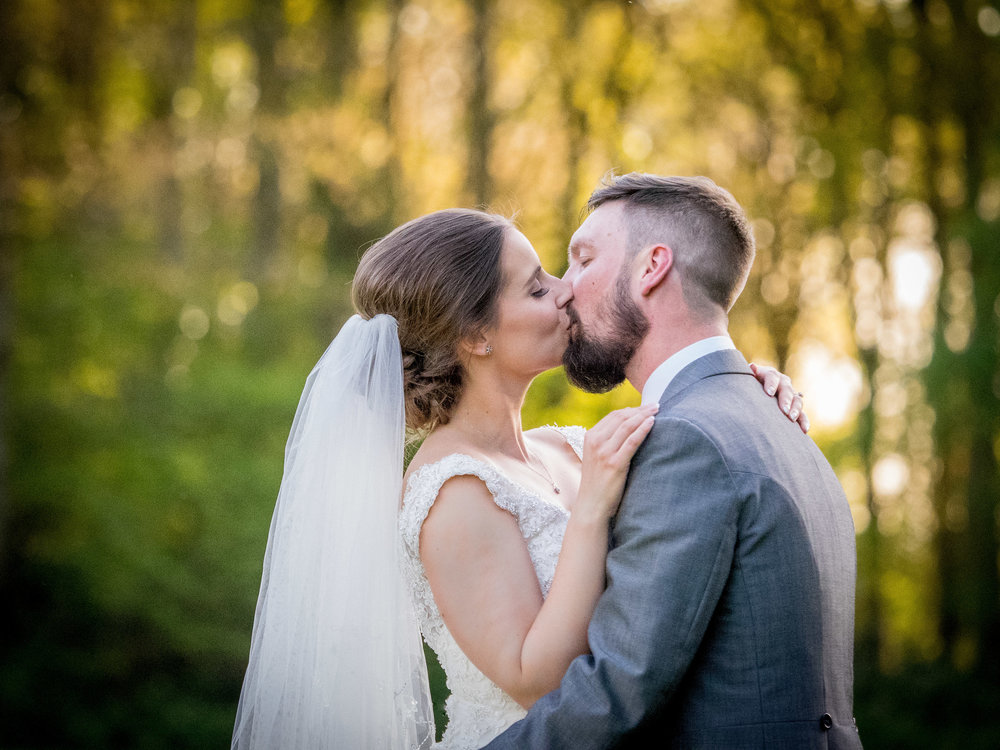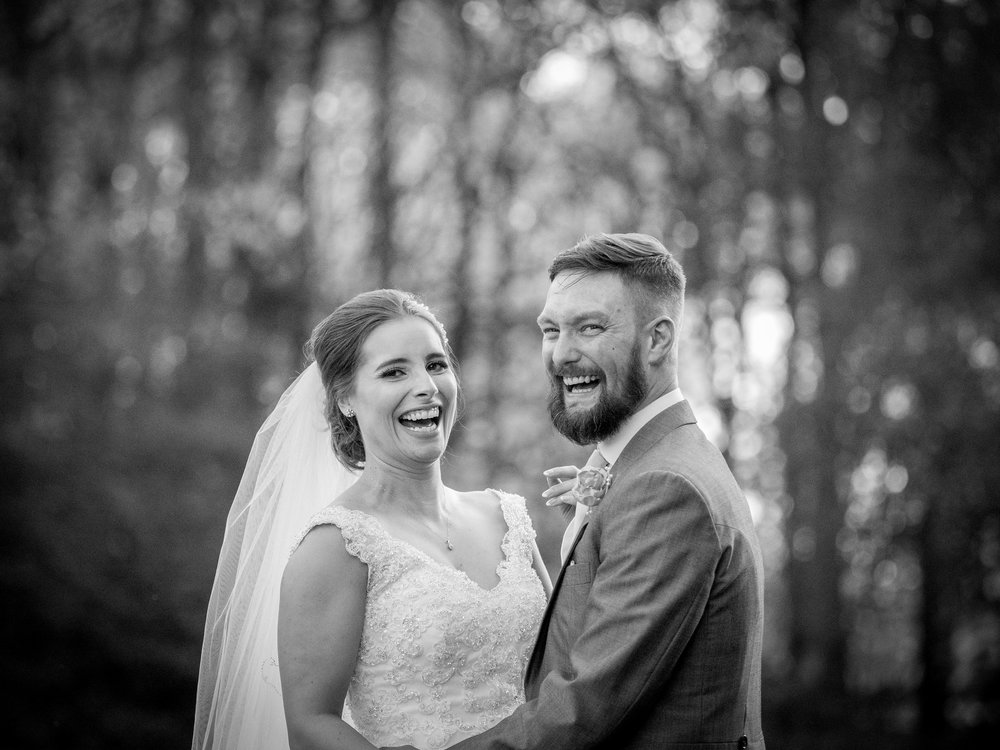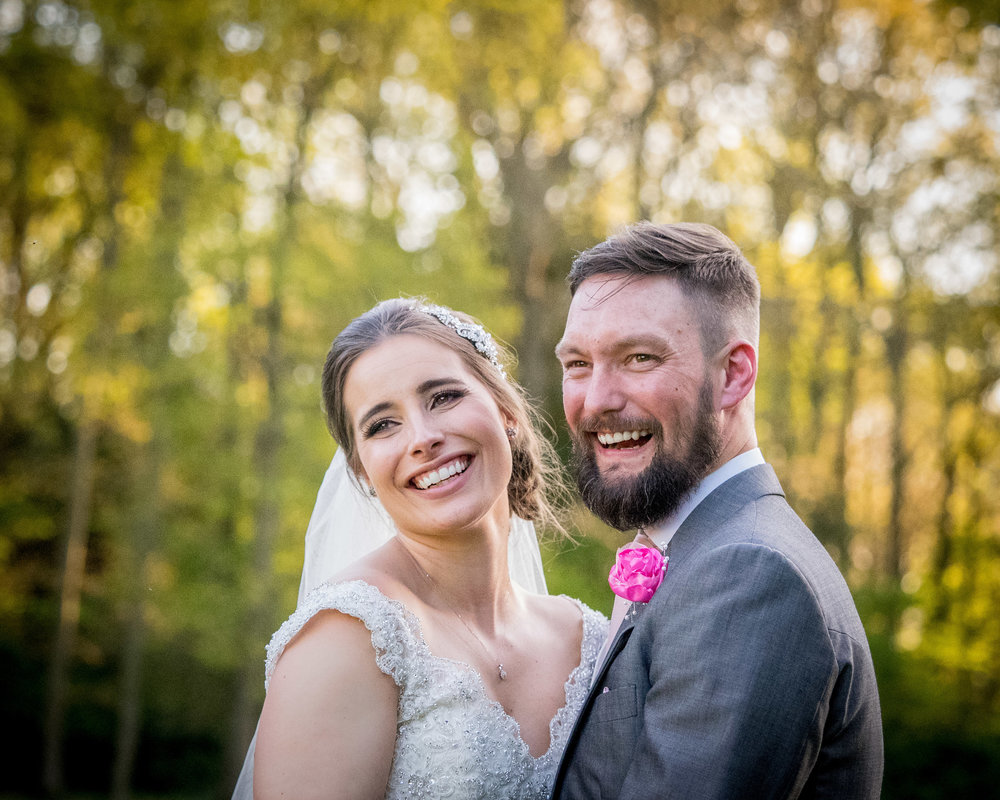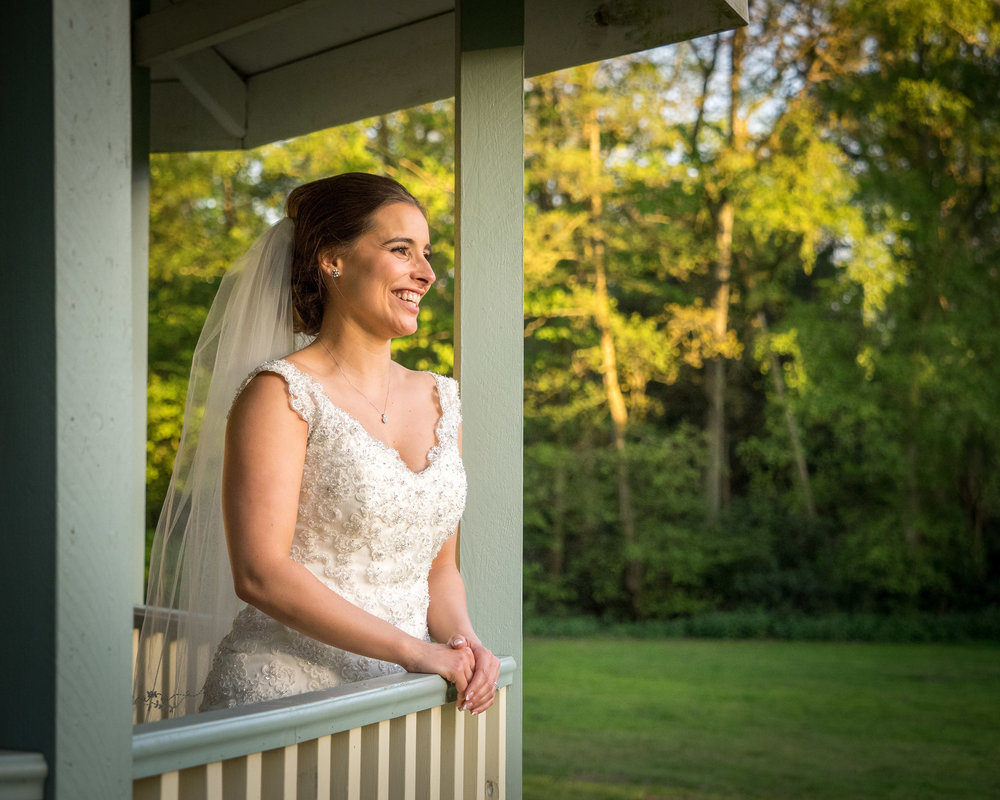High ISO - Don't believe the hype
Archived series ("HTTP Redirect" status)
Replaced by: www.michaelrammell.com
When?
This feed was archived on June 22, 2018 15:23 (
Why? HTTP Redirect status. The feed permanently redirected to another series.
What now? If you were subscribed to this series when it was replaced, you will now be subscribed to the replacement series. This series will no longer be checked for updates. If you believe this to be in error, please check if the publisher's feed link below is valid and contact support to request the feed be restored or if you have any other concerns about this.
Manage episode 182082361 series 1378405
Prefer to listen? Subscribe in iTunes and Stitcher to get this epsiode, or just use the audio player below. Be sure to subscribe!
ISO seems to be a feature of every camera's spec sheet that gets most of the attention these days. All people seem to care about is a camera's ability to shoot in low light!
Now, if you know me and follow my blog you'll agree that I make it pretty clear that I'm a big fan of Olympus' OM-D Micro Four Thirds system. You could then, be forgiven for making the assumption that today's post is going to be all about taking a defensive stance on the ability of Olympus OM-D's and their ability to shoot at high ISO's in low light...you'd be wrong!
I'm not here today to do that at all, but instead, I want to talk about ISO whilst being totally agnostic of camera systems. My reason for wanting to talk about ISO, specifically though, is to clarify what it is and when it should be used. I also want to talk to you about what ISO is NOT.
Most people view a camera's high ISO capabilities in completely the wrong way, or at least - owing to the way we’ve been taught about ISO, to have a singular belief about how and when to use a higher ISO setting.
Most photographers these days appear to believe that you can simply use a higher ISO in place of good quality light, or worse still: that you can use a higher ISO in the absence of any light.
A good quality image is made up of a good subject, great composition and good light, of course. You cannot simply substitute good light for high ISO. High ISO is not some magic bullet to make your images better!
Secondly, it would seem that photographers these days are taught, in a bid to maintain as high a quality image as possible, that you ought to keep your ISO as low as possible. And whilst this is strictly true, there are times and scenarios, such as when there is plenty of light, that you can increase your ISO with little detriment to the end result. This can be used as a means to make use of a faster shutter speed, or a lower aperture of course.
Noise is not bad! I made my point on a recent episode of Camera Aspects, with Paul Griffiths, where I said that if anything, an image that is so totally free from noise tends to resonate less with me. Further to that, in an interview that I did with David DuChemin, he spoke extensively about the 'too perfect rule', and this is something I can only completely agree with; the idea that as humans we resonate far more with imperfection. David said: "you don't see people walking up to images in galleries and then have streams of tears running down their faces because of the complete absence of noise! 'Oh wow, this image is so clean it hits me right here (hitting his heart)".
I've no issue shooting at ISO 5,000 on my Olympus O-MD, a camera I'm happy to admit, and I'm sure we all know, is not renowned for its high ISO capabilities. I get asked all the time what post processing I use to clean up my images when I shoot at ISO 5,000. The truth is though, nearly none. My simple answer is that I take my noise reduction slider to about 15-20 in Lightroom (CC) and say no more about it. I embrace the digital grain and accept it for what it is. In a good black and white image, with strong subject engagement, it is easier to look beyond the noise.
Robert Cappa once said; "If your pictures aren't good enough, you're not close enough.". In the same vein, I'd say; "If you notice the noise, the image isn't good enough".
Now, don't get me wrong: I'm not lambasting a clean image. I'm not suggesting a noisy image is BETTER than a clean image, but I am saying that we shouldn't all vilify noise as some terrible thing that detracts from the quality of an image. Noise is not bad!
Now, I'm not saying you simply need to learn to ignore it, or that you absolutely have to come round to my way of thinking and learn to love a bit of noise, because there are actual techniques you can use in camera to reduce the visual impact of noise. Or, in effect, you can shoot in certain ways to make noise less apparent. And I want to touch on this a little today. I shoot using a specific technique all the time, in every scenario pretty much and I've found that it does reduce the amount of noise evident in my images, and perhaps this is why I'm asked so regularly what tools and software I use to reduce my noise.
The first thing you ought to know, if you don't already, is that noise in a darker part of a frame is more prevalent. You will simply see more of it in the shadows than you will in brighter parts of an image. Furthermore, when you brighten an image in post processing you also make the noise more apparent too.
To help tackle this (and generally for a better quality file anyway), I use the Expose To the Right Method.
I had actually been using this method so much by mistake but the first time I realised I was doing it and the first time I realise the benefits was when Martin Bailey release an episode on his blog about using the ETTR method.
When people ask me what it is all about and what the benefits of exposing to the right arm I always use this analogy. It is not a perfect analogy but I think it helps to make the point so
Imagine having a white piece of paper and a black felt tip pen or marker pen try colouring the entire piece of white paper black using that marker pen you should find that given enough time and effort you will be able to cover up all of the white and make the entire page black
On the flip side, however, imagine then having a white pen pencil or crayon and trying to cover up at the black again you will find that you cannot do it as well as you did when making the white paint black some black well almost always keep the weight in places or the weight will be somewhat grey
The analogy in my mind works because if you have a white piece of paper or a bright image it is easier to darken the image. If however, you have a dark image or a black piece of paper it is somewhat harder to lighten or brighten at the image as easily as it was to darken the paper/image.
As a result; the Expose To The Right method teaches us to somewhat slightly over exposed our image by a third or a half stop depending on the scene possibly even a. If there aren't many highlights and then in post processing, you can bring the image back down to the correct exposure. By using the expose it to the right method you are adding detail into the shadow areas of your image and you will be getting a more full and complete histogram too. So when you take your slightly over exposed image into your choice of post processing software, for example, Adobe Lightroom you can see some noise if you were shooting at a higher I SO but of course you now do not need to increase the exposure in postprocessing meaning that you will not be further enhancing or making any existing noise more evident
In fact, when you bring the exposure back down you can even see a slight reduction in the evidence noise in the shadow areas of the image because the detail is in that part of the frame
Now this is a something thing of a contentious technique especially because in the days of Phil you were often actually taught to underexpose in order to increase the saturation of the colour of the film so as you can imagine the Expose To The Right technique is somewhat at odds with the old technique of underexposing by a half a stop. I have even had discussions with relatively successful digital photography is still underexpose by a half a stop in the belief that it will further saturate their colours
However, when shooting in digital bracket if you are shooting roar of course you need not worry about saturating colours anymore because with a 14 bit more image you have something like 28 billion colours on data channels available which allow you in postprocessing to edit their saturation luminance Hugh et cetera
As a result, I use the Expose To The Right method to cram as much data into my digital files as possible to give me more scope and flexibility when it comes to postprocessing
You will find a level on over exposing that works for you over time there is no magic formula to suggest that in every scenario you should be one-third or a half a stop over exposed you will learn using your own intuition and experience which seems are able to handle a certain level of overexposure
The term over expose can often sound quite scary because it suggests that you are doing something wrong or exposing too much or incorrectly or a scene but remember the exposure dial inside your viewfinder is exposing for 50% grey it is taking into account the highlights and shadows in the frame and trying to find a middle ground to satisfy them both what you are doing by exposing to the right is in effect going from something like a 50% grey 60% or 70% grey. As we all know cameras are quite simple in their ability to expose so by using our own human eyes and the ETT are method we are able to more intelligently expose for this scene than the camera is able to do so
Perhaps this is why I enjoy using the Olympus OMD so much with the electronic viewfinder I am very immediately able to see how much I am exposing to the right and whether I need to pull that back a half stop or a third stop or in fact whether the scene can take more over exposing
Now your immediate thought maybe about blown out highlights and if you are exposing to the right my third or a half stop that the sky or brighter areas of your scene will be blown out and yes this is a risk and a trade off with exposing to the right however I would debate that if you are concerned about noise enough to be listening to this post all reading this blog post then you should at least give the exposed to the right method a try to reduce the impact of noise in your images and then simply instead Paul the highlights back in post processing using the highlights and all or in the case of an over exposed sky use the digital graduated filter available in Lightroom alternatively there are more advanced techniques for pulling. Pulling back blown out highlights such as Leo masks and of course brushes in Lightroom but as I always say certain parts of the frame can be blown out without any adverse effects for example if there is a small amount of sky in your frame in a corner and your subject dominates the frame then why not have a small corner of your frame blown out what is worse a very noisy image or a small amount of highlight clipping in parts of the frame
Switching to a method such as exposing to the right does and will call for a slight adjustment to your work that you do in post processing
Four example I used to find when exposing according to my in camera exposure meter that I would often have to boost shadows boost highlights and ever so slightly increase my exposure oh are things that will contribute to increasing and enhancing the evident amount of noise in an image
With the exposed to the right method however I am in effect working in reverse to that I now find that I am reducing my highlights pretty much leaving my shadows as they are and if anything reducing my exposure in price processing ever so slightly these if we think about the paper and pen analogy I gave earlier are all changes that do not contribute to enhancing the amount of evident noise in an image
That is my technique for reducing the amount of noise visible in your pictures
Next up I want to talk about I SO and when to use it most people will understand that to increase your ISO is to increase your sensors sensitivity to light which in turn will allow us to make use of a faster shutter speed and or a lower aperture with the caveat being that the higher the I SO you use the more noise will be introduced into the frame. As such by default logic would suggest and many of us are taught that we should stick to using the lowest ISO at all times where ever possible when appropriate for the scene.
Now whilst this is true…there are plenty of situations that increasing your ISO slightly or even more than just slightly will have nothing more than a minor impact on the end amount of noise at the frame. especially when paired with a technique such as exposed to the right
Four example I recently was shooting a wedding and during the evening we took the bride and groom out for some couples portraits. We were in a beautiful garden of the hotel and it was around 7:45 PM there was plenty of light and I could have shot at ISO 100 or 200 aperture F1 .8 .2 .8 and still maintains a shutter speed of around one the 50th to hundreds of a second.




However, When I am shooting portraits my main focus and priority is on then it's about making them laugh smile and be natural. The camera can often be a barrier to helping make that happen and so I don’t want to be seen to be tinkering with my settings. It will kill the mood! Often the moment that is worth capturing will come from a funny remark or something unplanned and I need to be ready to capture that as heads go back with laughter. Or, even those more intimate moments where an unplanned gentle kiss takes place, totally unprompted: if I’m looking at my camera or tinkering with settings: I’ve missed it.
As a result of knowing that and wanting to be ready to capture everything that may happen, I often give priority and preference to a faster shutter speed during portraits, meaning a 50th or even 200th of the second enough for me, especially if I am to achieve a critically sharp image, so to that end and to allow me to make use of a faster shutter speed, I’ll often take my ISO up to 1,000 or more. In the case of the recent evening portraits at Dan and Lauren’s wedding, I bumped my ISO, rather ambitiously, to ISO 5000 and then made use of a shutter speed of over 2000th of a second
This is very much contradictory to what many of us have been told: in that good light scenario I would have perfectly been able to use ISO 800 or 1000 a shutter speed of 500 of a second and maintain a relatively sharp image, however, we were all laughing a lot, having a good time and were generally very animated, so it did call for a faster shutter speed.
If you want to take a look at the results, head on over to the accompanying blog post for this audio, where I share a few images. In that good with my OM-D, I was not in any way concerned about using ISO 5000.
Had I been inside with very little natural light then yes - perhaps I would have considered a lower ISO that was more appropriate for the situation. But given that there was plenty of light and that the sun was setting I wanted to be sure that my shutter speed was fast enough to produce sharp images. In the sample Images I’ve shared with this post you will, of course, notice a little bit of noise, however, I would argue that the noise actually adds to the atmosphere of the image. Without knowing about my Expose To The Right technique and about ISO, you could also be left wondering how there is so little noise considering I was shooting at ISO 5000.
In post processing, the exposure of this image was actually reduced, rather that increased. So any noise you can see has not been made more visible.
Now, for someone to share an image shot at a High ISO and herald it as great isn’t new. What I'm sure we’ve all seen before on blogs, forums and new camera product releases are pictures shot at ISO 12,500 or higher with the main objective being to demonstrate how little evident noise is in the frame and all of that is fine, but what sometimes people often overlook, is that the image itself is actually quite simply very poor. There is no or very little quality of light or the direction of the light is poor and they are instead choosing to 1st look at the technical accomplishment of the frame and our forsaking the actual emotional moment and seen itself.
As photographers and wedding photographers, in particular, it is our job not only to make a technically accomplished image of our clients but it is also our job to capture the right moments that mean something that has sentimental value to the clients. For those photographers still obsessed about gear and everything being technically perfect, there is often a disconnect between what they consider to be a good image and with a client is actually looking for.
I assure you the client will not mind a little bit of noise if you managed to capture that perfect image of them and a husband or a great grandma from New Zealand who has flown over for their wedding who is particularly elderly. I guess what I am saying is what is worse a slightly noisy image or no image at all?
ISO is not simply the cameras ability to see in the dark it is not a night vision setting. It is as the name suggests a sensitivity option so it does not make up for a lack of light or a lack of good quality light
It will, however, help you to capture, with your camera the light you see and envisage, creatively, with your own eyes. Our eyes have a dynamic range that our cameras simply do not.
Even if your camera can achieve relatively clean images at ISO to 12,500 or 24,600, ASK YOURSELF ‘Is there a picture worth capturing here’, even if you were able to shoot at ISO 100. High ISO does not guarantee you a better image. It does not make you a better photographer and it won’t earn you more money.
so, if you ask me, high ISO is not the be all and end all. I’m not just saying this because I shoot Olympus, because believe me if I had an issue with ISO I would follow suite like most other photographers and go pick up a Sony A9 or a Nikon D800 etc, but as I say - it won’t make me any more money and ultimately, it is highly unlikely to make my images dramatically, or even noticeably better.
High ISO. It’s the camera manufacturers way to sell you last years camera, a little bit better. Don’t believe the hype.
23 episodes




